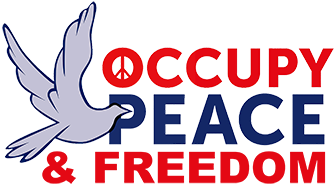By Rebecca Wright, CNN
Updated 7:28 AM EDT, Tue September 6, 2016
Xieng Khoung, Laos CNN —
For two years after the accident, Yei Yang refused to leave his home.
“I couldn’t farm, I couldn’t go to see friends, as they might be afraid of me,” Yang tells CNN.
“I didn’t want to live.”
Yang was just 22 and burning rubbish near his village in the province of Xieng Khoung in north-eastern Laos, when a bomb blast tore off one of his eyelids, his top lip and an ear, mutilated one of his arms, and left him with severe scarring from the waist up.
“I remembered I burned the garbage, but after the explosion I was unconscious for two weeks,” Yang says. “I felt extreme pain…all over my body. I still feel pain always.”
His wounds were not caused by a modern day conflict, but by the remnants of a war that was waged more than 40 years ago, and is still destroying lives in this small Southeast Asian nation.
Some 80 million unexploded bombs are scattered across the country – the deadly legacy of what became known as America’s “secret war” in Laos – a CIA-led mission during the Vietnam War.
2 million tons of explosive
The operation was aimed at blocking Vietnam’s supply lines on the Ho Chi Minh Trail in the south of Laos, and also to support the Laos government loyalists in a civil war against communist forces in the north.
In total, between 1964 and 1973, the US dropped more than two million tons of bombs – one of the heaviest aerial bombardments in history.
Most of the munitions dropped were cluster bombs, which splinter before impact, spreading hundreds of smaller bomblets – known locally as “bombies.”
To this day, less than 1% of the bombs have been removed, according to US-based NGO Legacies of War, which is spearheading the campaign to clear them.
“We were all but forgotten here,” says the Laos-born founder of Legacies of War, Channapha Khamvongsa.
But the people of Laos can’t forget, as the “secret war” is still claiming victims.


Recent Comments